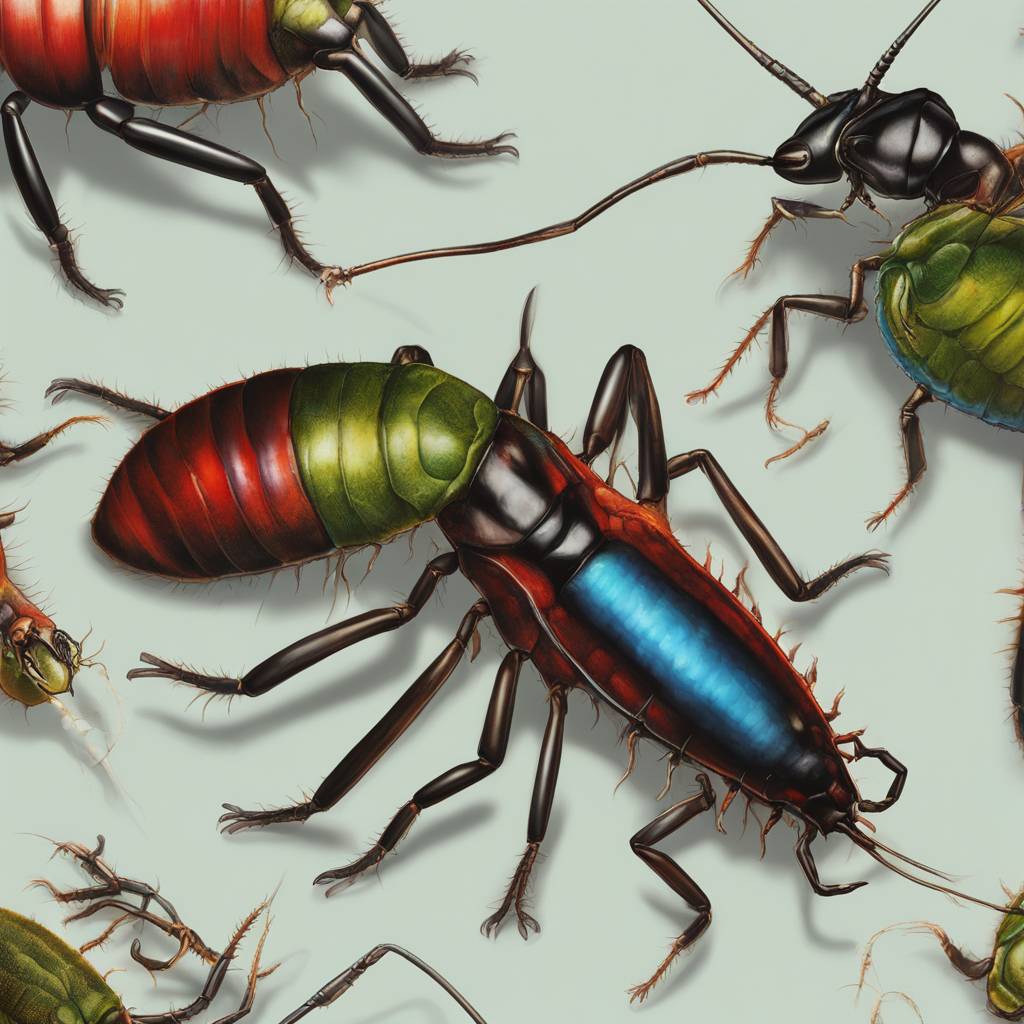Dermaptera, commonly known as earwigs, are insects with forcep-like pincers on their abdomens, often found under stones. Belonging to the order Polyneoptera, their classification within this group has been a topic of debate among researchers. Recent molecular phylogenetic analyses have shed light on their evolutionary relationships, although a comprehensive understanding requires biological data on development and reproduction.
To address this gap, a study examined the developmental and reproductive biology of eight out of the eleven Dermaptera families. By comparing these aspects from various perspectives, the researchers sought to confirm the systematic placement of Dermaptera within Polyneoptera and provide support for the phylogeny within the order. Their findings indicated that certain key traits, such as the unique caudal forceps and elaborate maternal care for eggs and young larvae, have evolved independently in Dermaptera.
Despite the progress made in understanding the phylogenetic relationships within Dermaptera, there is still more work to be done. Future studies aim to include more basal families and those with uncertain monophyly in their analyses. By expanding the scope to encompass a greater number of genera, researchers hope to further advance the phylogenetic understanding of Dermaptera, Polyneoptera, and ultimately, Insecta as a whole.
The study was supported by the Japan Society for the Promotion of Science (JSPS) through various grants, including the JSPS Research Fellowship for Young Scientists. These grants helped fund the research endeavors of the scientists involved in the study, allowing them to explore the developmental and reproductive biology of Dermaptera families and contribute to the broader understanding of insect evolution.
In conclusion, Dermaptera, or earwigs, are a fascinating group of insects with distinct physical features and behaviors that set them apart from other orders. By delving into their developmental and reproductive biology, researchers have been able to shed light on their evolutionary relationships within the larger context of Polyneoptera. The ongoing studies in this field aim to further refine our understanding of these insects and their place in the evolutionary history of insects as a whole.













